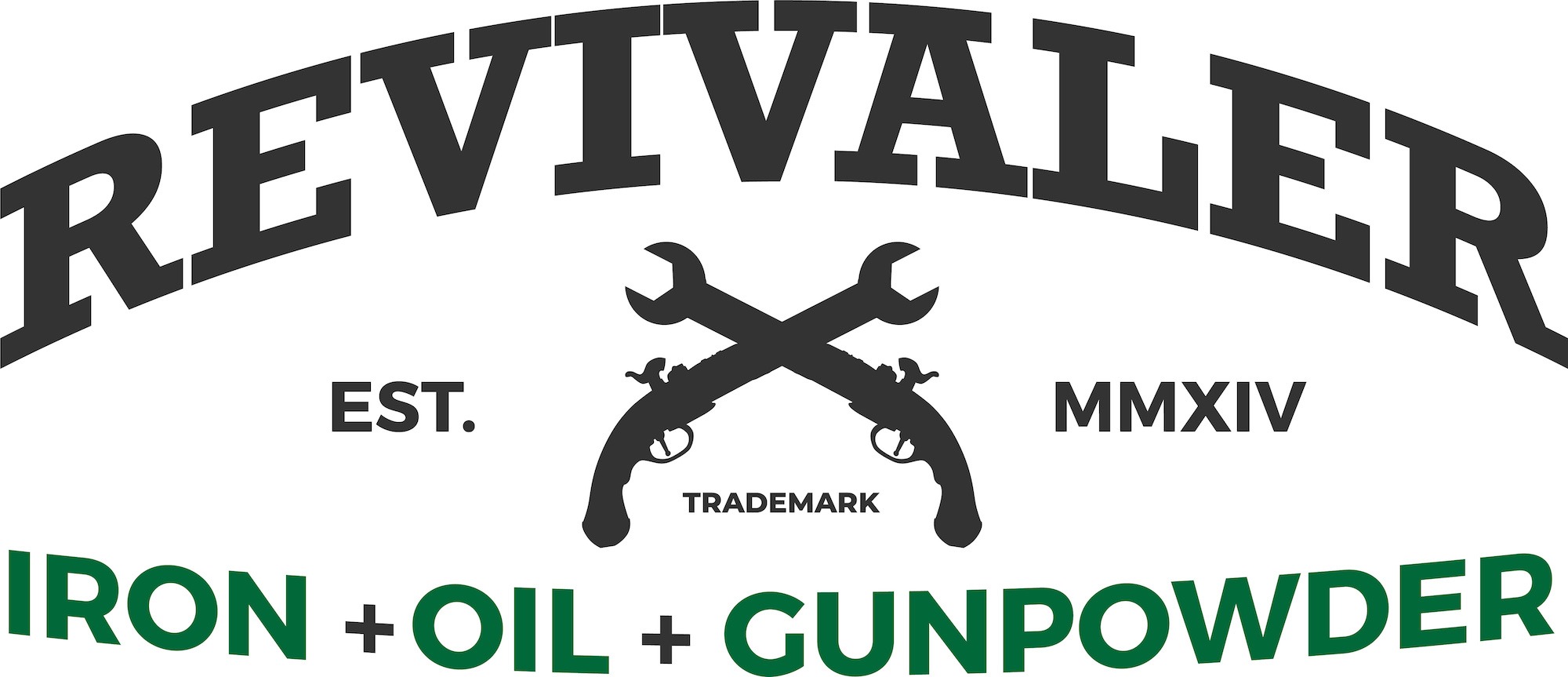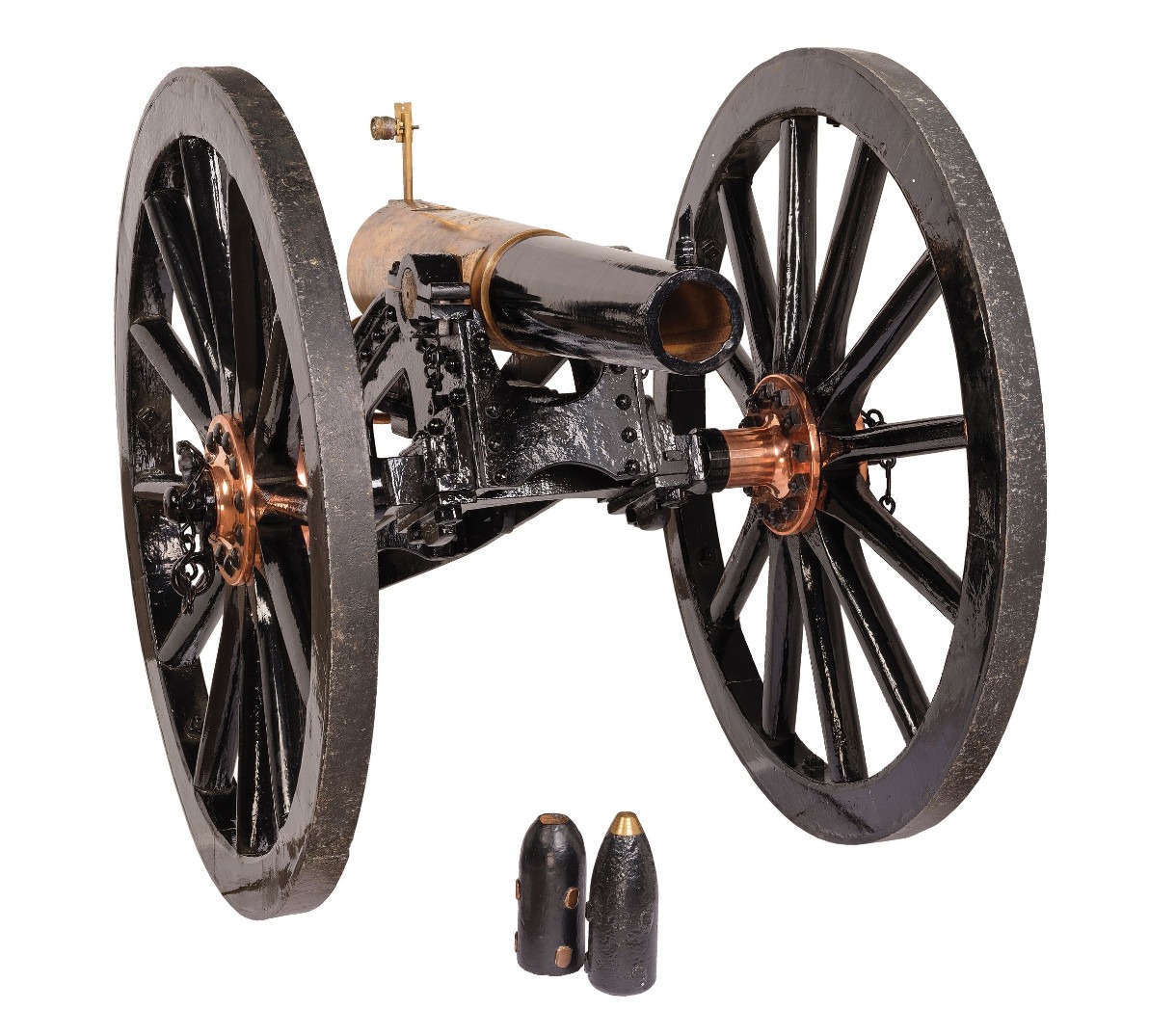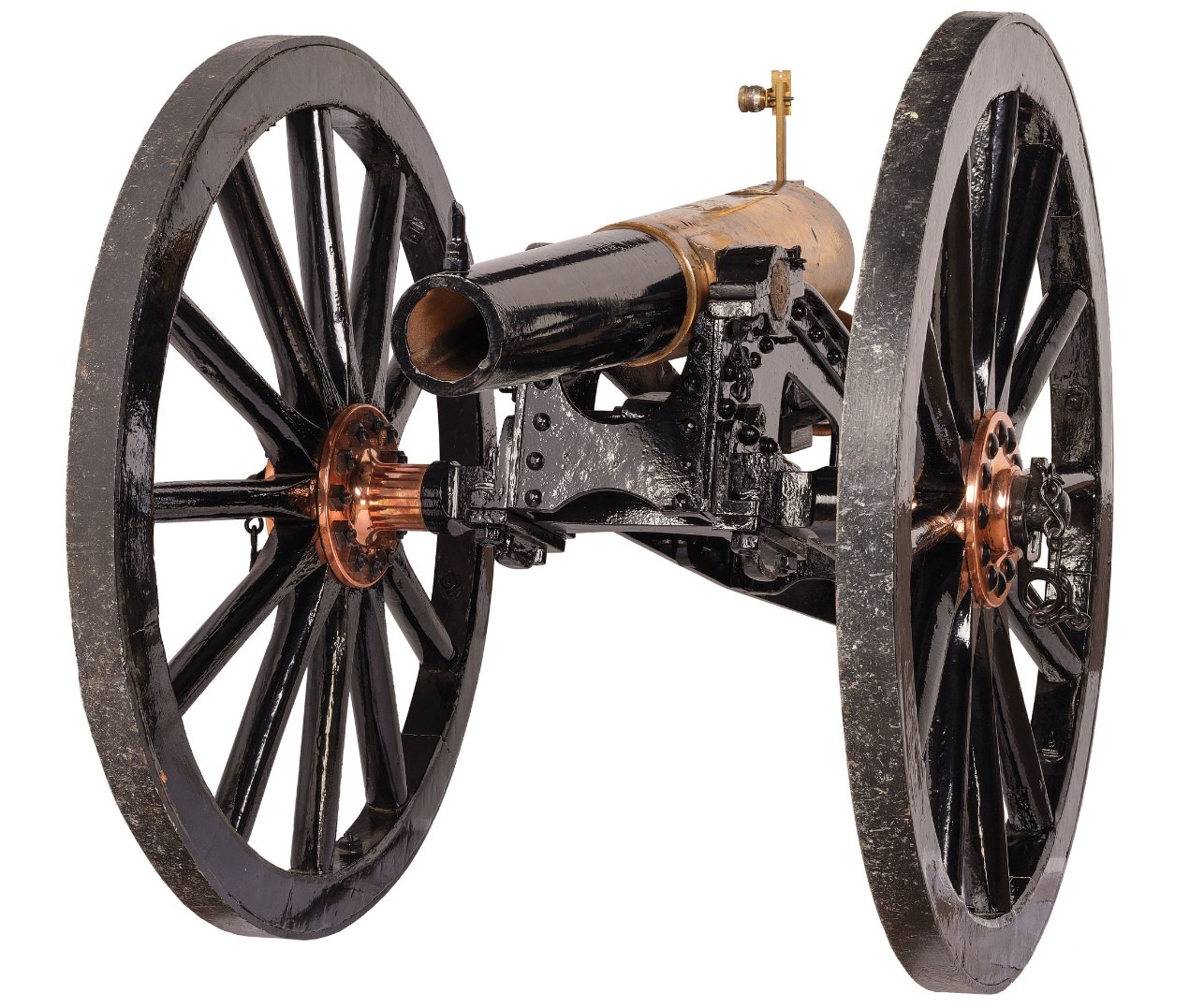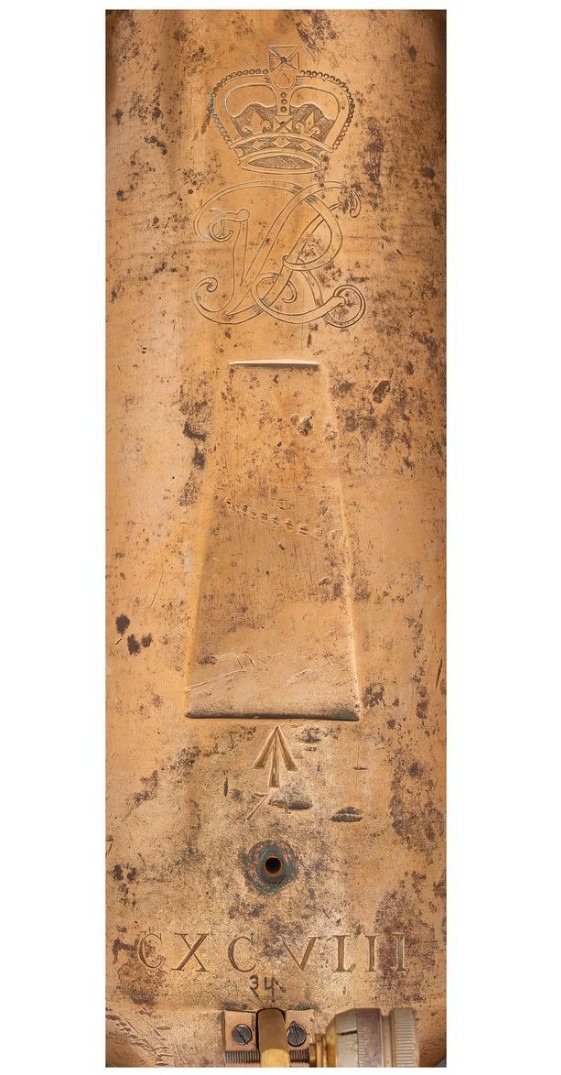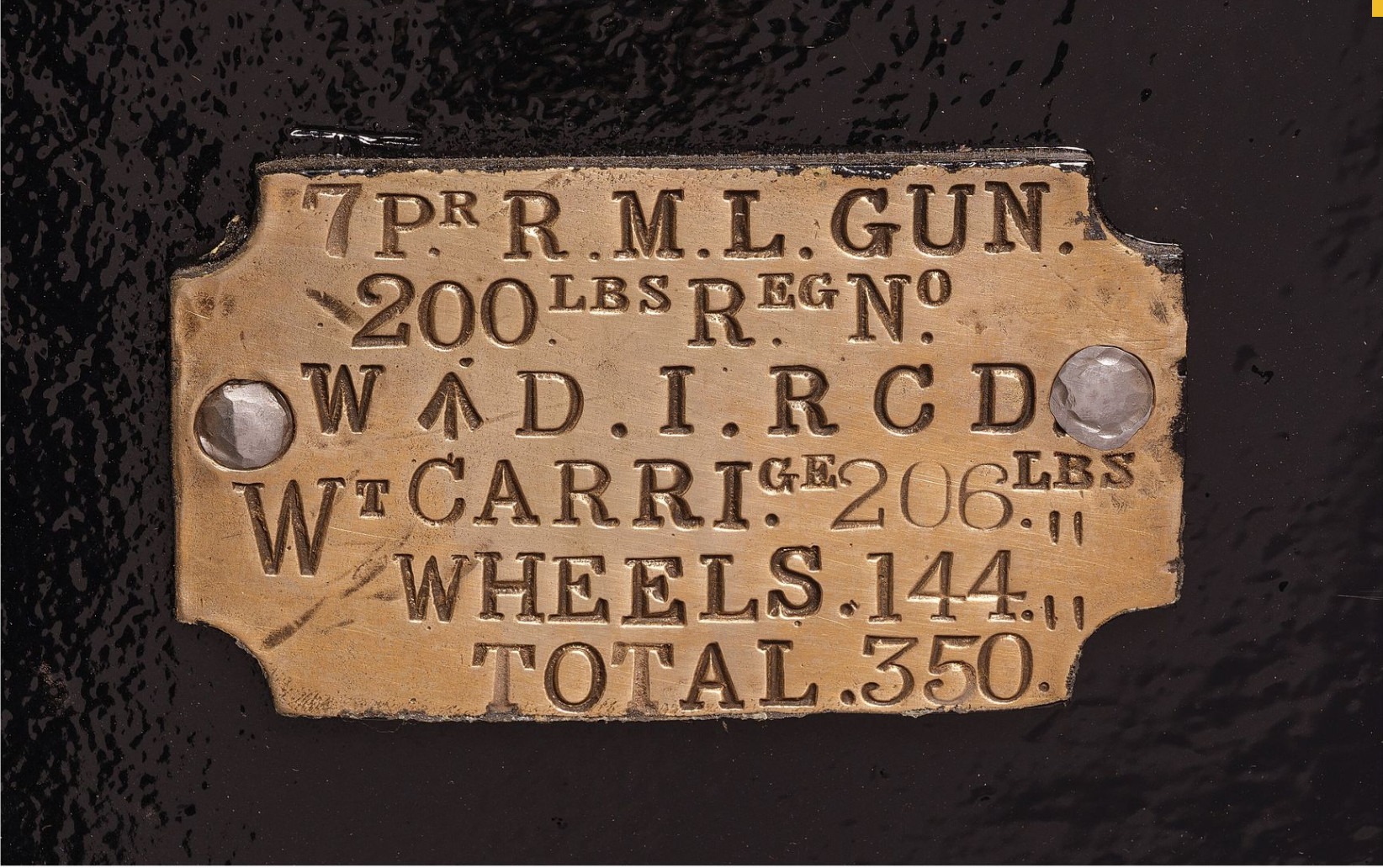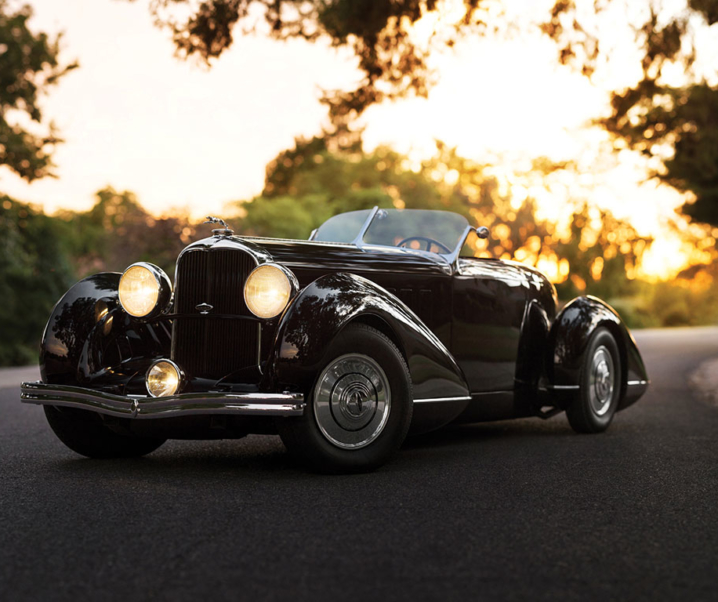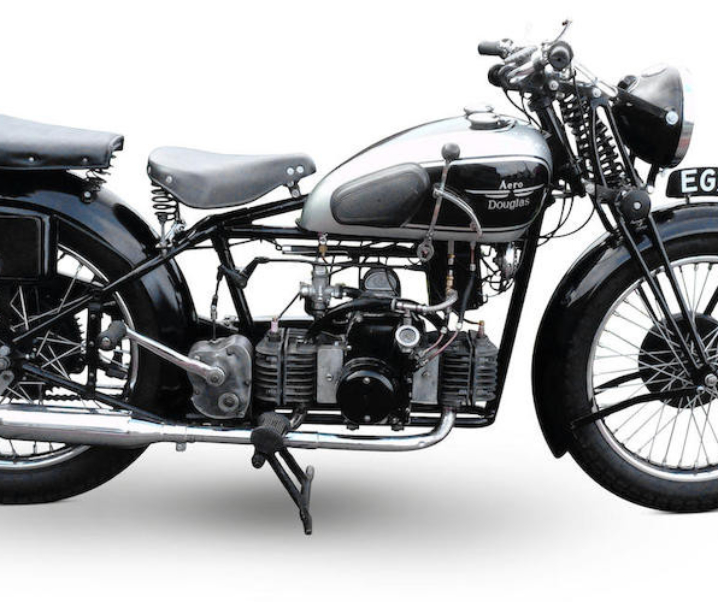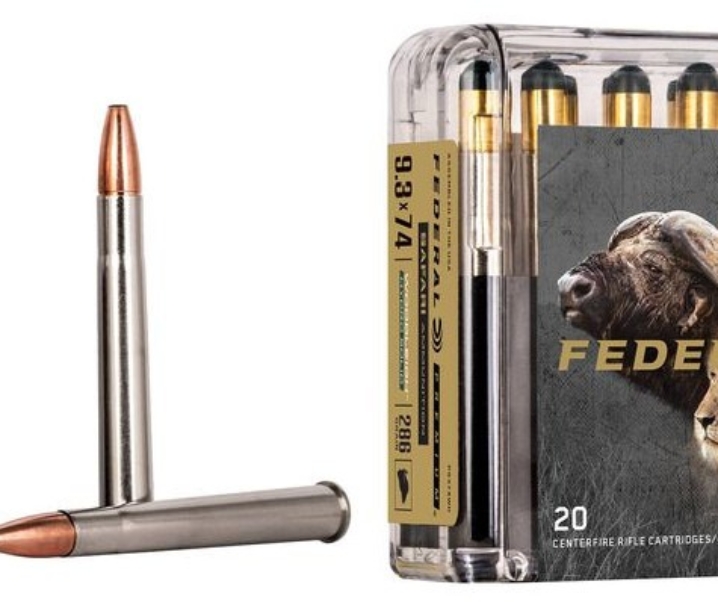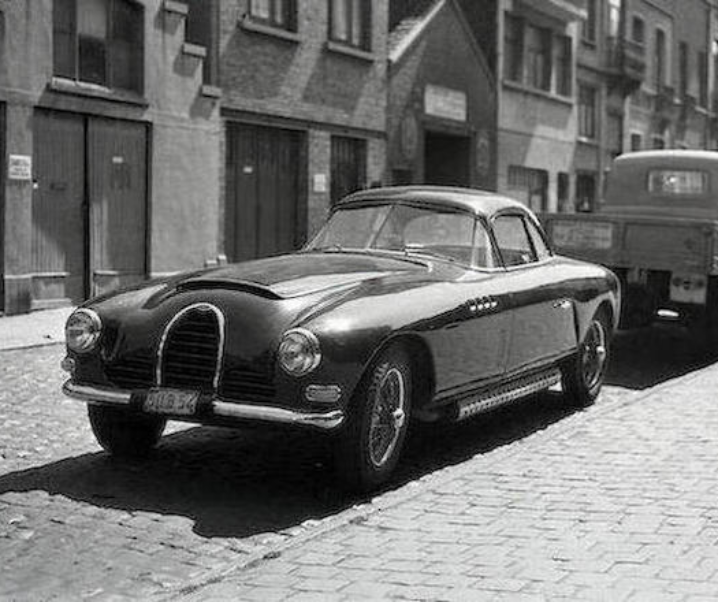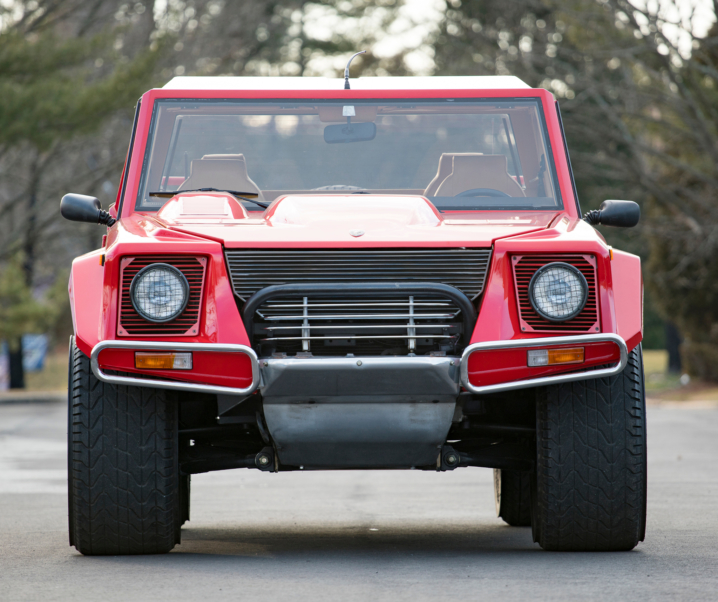The British Ordnance 7-Pounder Mark IV Mountain Gun went into production in 1875 and saw active service in a number of Britain’s colonial wars including the Anglo-Zulu War of 1879, the Second Anglo-Afghan War, First and Second Boer Wars, and the War of the Golden Stool. These muzzle-loading guns were made to be light and able to be rapidly deployed by a trained disciplined crew.
Fast Facts
- Development of the Mark IV Mountain Gun began in 1864 with the final version entering production in 1875.
- These guns were used in a number of Britain’s colonial wars including the Anglo-Zulu War of 1879 made famous by the movie “Zulu” of 1964.
- These guns could fire either a ball projectile or a double length shell with fuse and explosive charge.
- One of these guns is coming up for sale by Rock Island Auction at their May 2025 Premier Firearms Sale.
The British Empire Stretched all over the world at its height during the reign of Queen Victoria and this led to the British military becoming very international in its personnel and weaponry.
British artillery could be drawn by horses, mules or elephants depending on where it was deployed.

British artillery required an adequate team of highly trained men to operate each gun to best advantage. The words “highly trained” do not really do justice to the level of practical training these gun crews were capable of. If you can imagine the speed and efficiency of a Formula One pit crew applied to the operation of a field gun you start to get a picture of what this looks like.
Better still is surviving film footage of the Field Gun Competition that was raced each year at the Royal Tournament in London up until 1999. As a child I had the opportunity to witness this a couple of times in the 1960’s when my father took me to the Royal Tournament at the Earls Court Exhibition Centre.
Here is film footage of the 1988 Competition courtesy the Militarytatoo YouTube channel.
As can be appreciated: seeing this competition live was an unforgettable experience.
The British military of the Victorian era was equipped with a wide range of artillery pieces and this inventory included smaller guns referred to as “Mountain Guns”, made to be portable yet powerful, so the army could go softly and yet carry a big stick.
One of these mountain guns was the RML 7-pounder, which entered development in 1864. The reason for this gun’s creation was to replace the RBL 6-pounder 2.5 inch gun which weighed a rather significant 340lb, and which had proved to be too heavy to be conveniently deployed in some of the places British soldiers and sailors needed to make their presence felt.
A trained crew could assemble and load RML 7-pounder in 20 seconds: so they were well able to quickly administer explosive nastiness on an enemy when needed. The above video gives an indication of just how efficiently a gun crew could be expected to work.
Development continued through three experimental variants with the Mark IV, fourth variant being the design settled on in 1875. This Mark IV gun weighing 200lb, a bit more than half that of its predecessor.
This Mark IV gun had a 3 inch rifled bore and was a muzzle loader. This model remained in service from 1875 through to 1919.
The projectiles for this gun included round ball and a double length shell which featured a fuse in the nose to detonate an explosive charge. The shells feature what appear to be bronze studs to engage in the three groove rifling and impart spin.
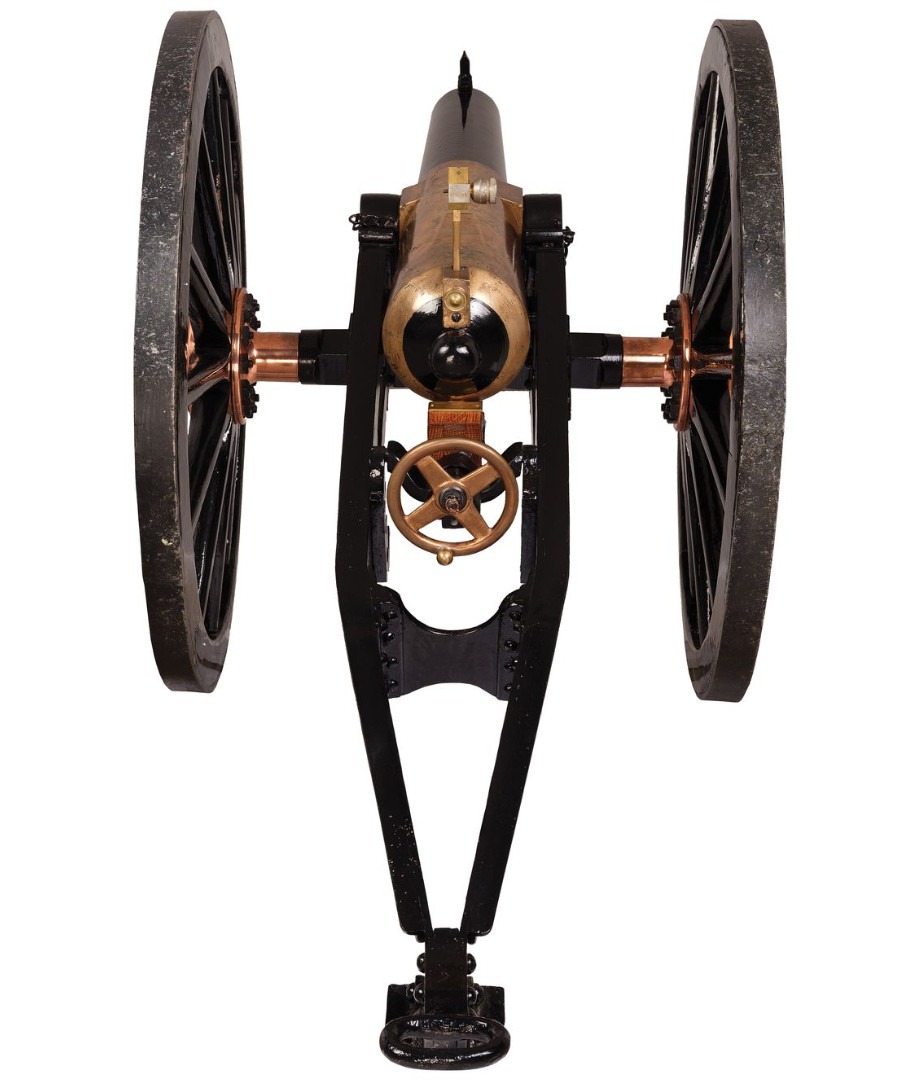
Sights comprise a blade front sight and a replacement adjustable notch rear sight. Elevation adjustment was by quoin or wedge and by screw.
A British Ordnance 7-Pounder Mk IV Mountain Gun for Sale
One of these Mark IV 7-Pounder Mountain Guns is coming up for sale by Rock Island Auction at their May 2025 Premier Firearms Auction.
This gun is marked with Roman numerals “CXCVIII” (198) indicating this may be the 198th production example: the gun having been originally sourced from Nepalese inventory in the early 2000’s.
The gun barrel sits on a black painted Joseph Whitworth cast iron carriage with a rectangular brass plaque on the left side that reads in six lines: “7 P.r R.M.L. GUN./200 lbs R.eg No./W(broad arrow)D.I.RCD./Wt CARRI.ge 206. lbs/WHEELS. 144./TOTAL. 350.”, a “One Rupee” coin stamp on the carriage, with wooden wheels. Includes two 7-pounder artillery rounds. The tube measures approximately 41 inches from muzzle to cascabel, with a 35¾ inch inside bore length, with overall measurements including the carriage approximately 67 inches long by 35½ inches wide by 37 inches tall.
Rock Island Auction describe the condition of this gun as follows:
“Fine, with a golden bright appearance on the polished brass, nearly all of the newly applied attractive black painted finish on the front half of the tube and cascabel, some scattered dings, and defined markings. Carriage is also fine with nearly all of the black painted finish, replacement wheel centers and wood ramp elevating piece. Artillery rounds are good, with an absent head on one of them.”
You will find the sale page for this gun with further details if you click here.
These guns are quite rare and this one presents as being in beautiful condition, nicely presented: a wonderful display piece.
Picture Credits: Pictures of the sale Mark IV mountain gun courtesy Rock Island Auction. Others as individually credited.

Jon Branch is the founder and senior editor of Revivaler and has written a significant number of articles for various publications including official Buying Guides for eBay, classic car articles for Hagerty, magazine articles for both the Australian Shooters Journal and the Australian Shooter, and he’s a long time contributor to Silodrome.
Jon has done radio, television, magazine and newspaper interviews on various issues, and has traveled extensively, having lived in Britain, Australia, China and Hong Kong. His travels have taken him to Indonesia, Israel, Italy, Japan and a number of other countries. He has studied the Japanese sword arts and has a long history of involvement in the shooting sports, which has included authoring submissions to government on various firearms related issues and assisting in the design and establishment of shooting ranges.
